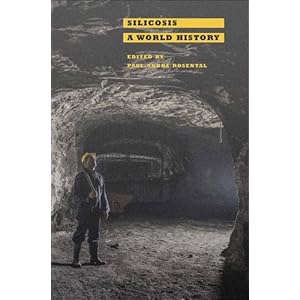
What was it like?
This
was interesting for me- personally as I had worked in West Yorkshire in the
middle nineties in chest and upper GI surgery. West Yorkshire provided
employment in heavy industry and the mills as well as other industries. Naively
I thought a lot of diseases had gone with the demise of industry and the coal
mines – but I was not thinking globally.
This
book addresses the subject of silica-caused lung disease from varied angles,
and frightening this could be a global health issue in todays modern world.
The
problem is that diseases I was witness to, took years to become apparent – such
as asbestosis and mesothelioma – when patients could be treated with complex
surgery or to keep the symptoms at bay.
The
author gives a good account of the history, it was known certain industries
were an occupational hazard as workers were subjected breathing in dust, fumes
and other hazards. Occupational health was poor, even though there were unions
and welfare set ups as lot of diseases were not and some still not recognised.
The
book is well written and contributed by experts.
Although
the reader may think this could be a heavy read, the book is set out well and
it was easy to read. The author enables the reader to understand. It is
referenced well. Some books of this genre can be difficult to read, as
politics, legal and medical terminology can feel beyond the reader- this was
not the case.
What were the
highlights?
Personally,
I thought silicosis was now confined to the history books, thinking of areas
such as Margaret Thatcher in the 1980s and the defeat of the coal miners
unions, which lead to the closure of a lot of Britain’s mines. Silica – readers
are informed is not just due to the coal mines but a variety of industries
which still occur today, such as glass making, foundry works and even pencil
production in India.
The
author sets out to discuss that learning from history maybe the key to
diagnosing and treating workers worldwide early.
Strengths &
weaknesses:
There were no weaknesses this book gave a fascinating
insight to diseases that are still prevalent today.
Who should read it?
This
should be on the reading list for medical and nursing students -it gives a
great insight to this disease, industrial and social history and that it is not
confined to history it is still here today.



